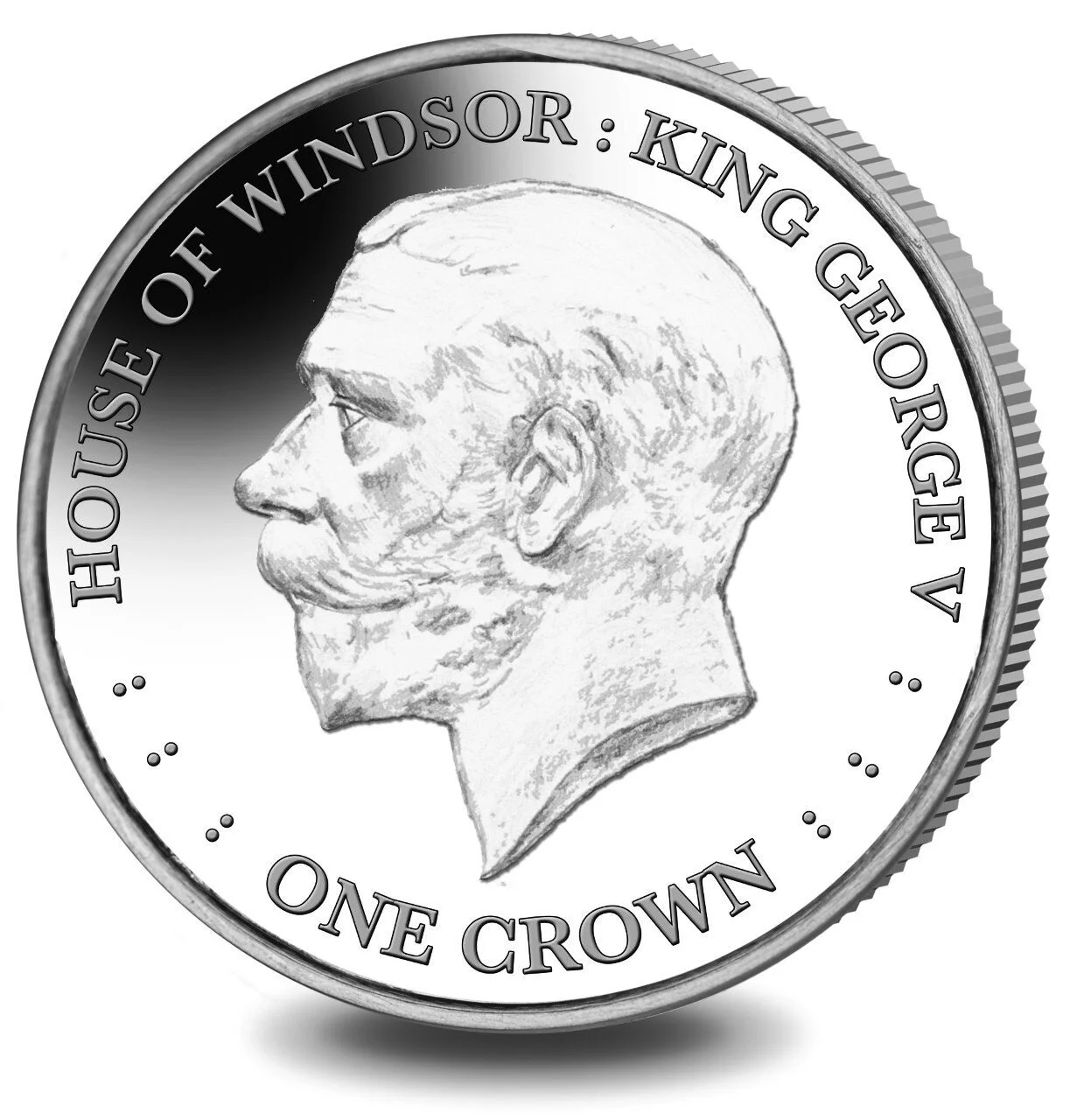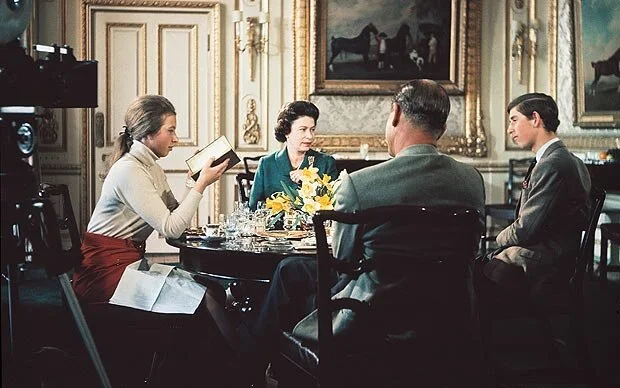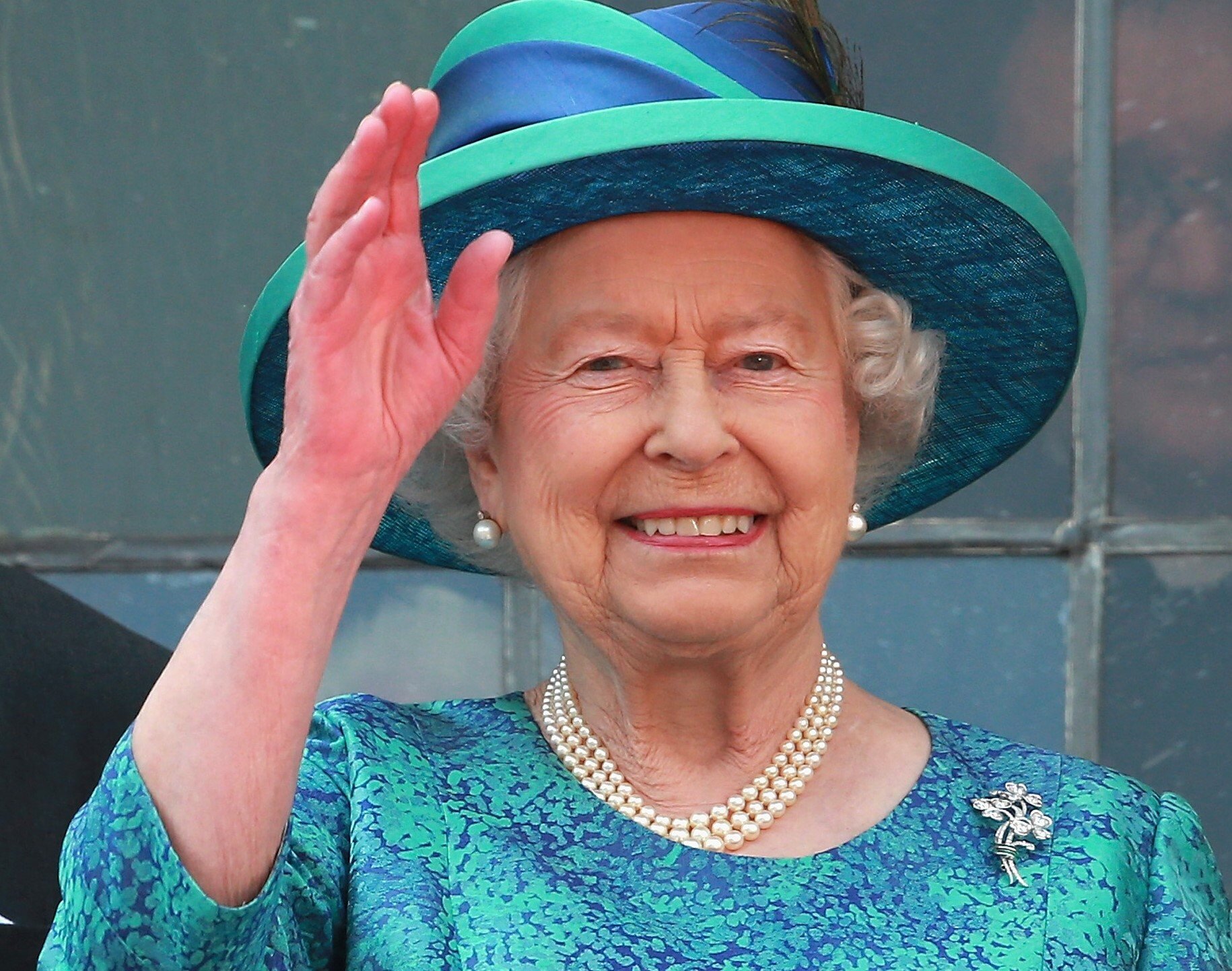The Royal Brand in Crisis? Lessons For Us All -How to Build a Resilient Brand in Fast-Changing Times
“Be more concerned with your character than your reputation, because your character is what you really are, while your reputation is what others think you are.” John Wooden
I’m not sure how closely you follow the British Royal family. Growing up in New Zealand where the Queen is still the official head of state, our newspapers and magazines were always filled with the latest royal developments – and gossip.
With Queen Elizabeth’s recent passing, it’s been interesting to see how even in America, her life and legacy has been celebrated. From flags being flown at half mast and digital billboards paying their respects, to a special Netflix channel just dedicated to documentaries about her life and TikTok ablaze with remembrance montages, it seems Americans - and the rest of the world are also feeling her loss.
Similarly, if you walk the streets of London, you’ll be inundated with stores in deep mourning, shrouded in black, selling special-commemorative-edition everything from stuffed bears to shortbread tins and fluffy slippers bearing images of not just Queen Elizabeth, but all members of the royal family, including the newly crowned (and controversial) King and Queen.
In every sense the royal family, is a global brand and a global business.
According to Business Insider, the royal family contributes nearly $2.4 billion to the UK economy every year, the majority of the money created by the royal family is through tourism, and the royal brand is worth a total of $89.3 billion - making it one of the world’s most valuable.
Like any global brand - for example Nike, Louis Vuitton or even Apple, the British Royal family (brand) has had its fair share of ups and downs.
Every royal misstep and scandal is beamed instantly around the world - from Prince Andrew’s friendship with Jeffrey Epstein, to Megan Markle and Harry’s mass exodus to America, to Prince Charles (now King) marrying his mistress, Camilla (now Queen), the “third woman” in his marriage with Princess Diana.
You can’t make this stuff up. No wonder the royals continue to captivate and intrigue.
But with the Queen’s departure to the pearly gates, the British royal family and the monarchy is attack. King Charles and his Queen are far from popular.
Will the British royal family and their power brand survive through these modern times?
If history is anything to go by, somehow the British Royal family endures every scandal and their brand still manages to thrive despite it.
It’s a great lesson for all of us on how to build a resilient brand in fast-changing times.
Let me break it down.
1. Adapt or Die.
This appears to be the mantra of the British Royal family for at least the last hundred years.
A great example is when King George V was in power during the first world war. In 1917 a London school was tragically bombed by the Germans using one of their new “Gotha” aeroplanes. Unfortunately for King George and his family – their lineage was German (not British), and their last name was Sax-Coberg Gotha. The same as the bombers. A very precarious situation to be in.
No problem. Overnight King George reinvented his family’s narrative, quietly rebranding the entire Royal line.
They switched their name from Gotha to Windsor, founding the House of Windsor.
It was a brilliant strategic branding move, using a name that sounds very British indeed.
2. Keep Innovating.
During the swinging sixties the monarchy was again under intense attack as the free love movement took hold and they struggled to stay relevant.
The Royal family became increasingly viewed by the British people as archaic, stuffy, and out-of-touch.
So, the family took a massive risk and filmed the first “reality TV show” in 1968 - for the first time allowing themselves to be filmed as a family interacting as real people, instead of as elite figureheads.
In Royal Family, viewers saw Prince Philip grilling sausages on the Balmoral Estate in Scotland, while the Queen and Prince Charles made salad dressing. "Too oily," says Her Majesty, dipping her finger in the vinaigrette.
Breakthrough revelations included the news that the royal household used Tupperware, a fact that hit many headlines at the time and no doubt increased sales exponentially.
3. Control Everything With Great Marketing and Great Management. (Well, at least try.)
The control of the British Royal Brand is no different than that of any other multi-billion global brand. There’s a carefully curated brand to manage. Any deviation from the brand must have a spin put on it, and either buried or used to pivot with.
Sweat the small stuff - especially your brand ambassadors - your staff, your team, your vendors, your client experience even. Every little thing must be managed, from the color of nail polish the royals are allowed to wear (nude or pink only, no red), to only wearing black at funerals, never eating shellfish and following a strict dinner protocol if invited to Buckingham Palace.
Even the shooting of the 1968 Royal Family documentary, discussed above and filmed nearly fifty years ago, was meticulously micro-managed and carefully strategized. In total there were 75 days of shooting, in 172 different locations - a grueling schedule by anyone’s standards. The final edit boiled down to a film running close to two hours, so, just like in filming any commercial or promotional video, there are likely hundreds of hours of film that have never seen the light of day - but in today’s reality-tv obsessed culture, airing the unseen footage could provide millions or even billions in revenue.
These are all great branding lessons that any business would do well to remember.
Will the monarchy survive this new round of leadership?
It’s anyone’s guess, but if history is any prediction of the future, their brand will pivot once again, be stronger in its reinvention, and the great House of Windsor will continue blazing its own trail.
The show must go on.





